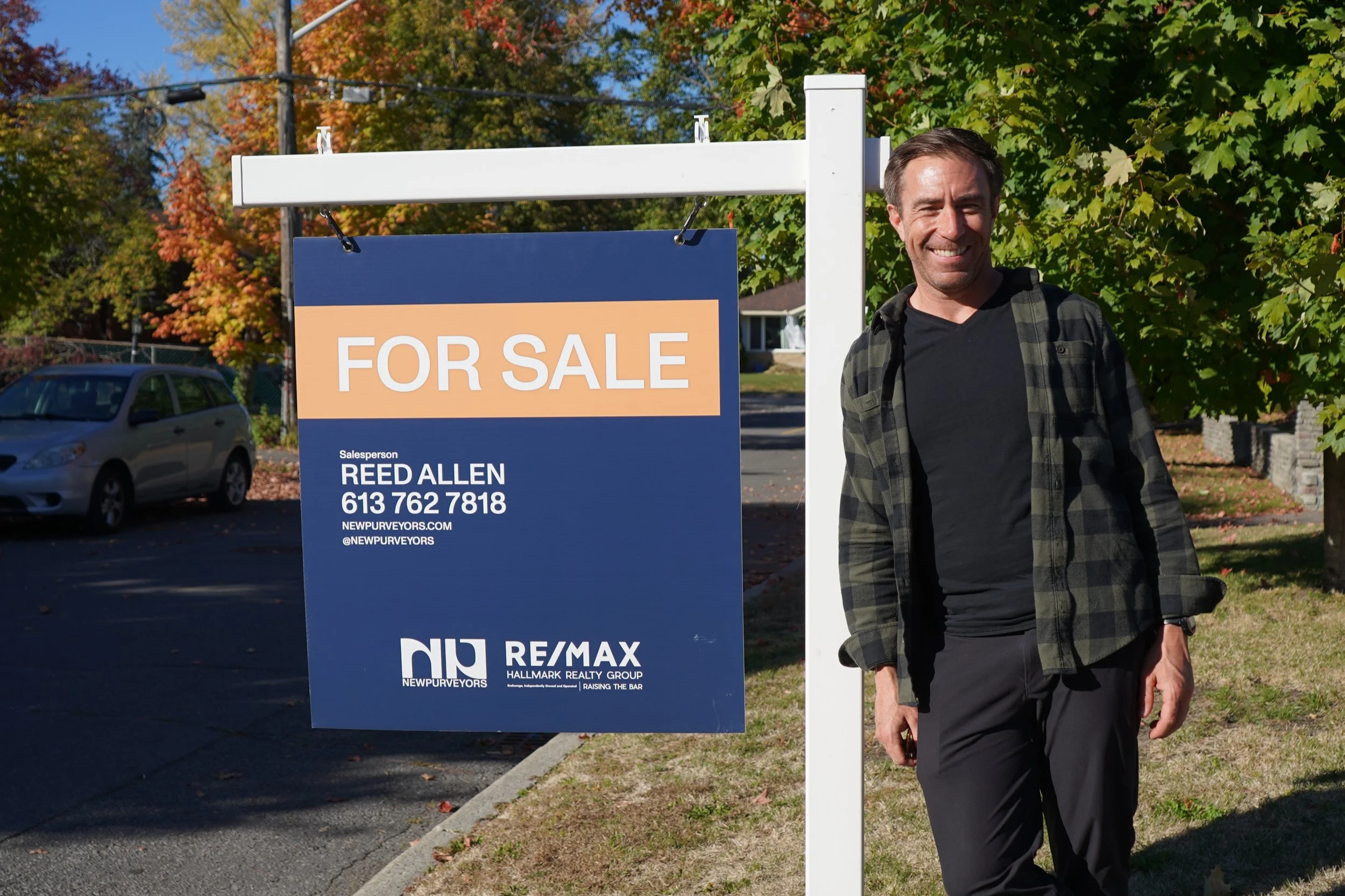Assumable Mortgages in Ottawa: A 2025 Guide To Creative Home Financing When Rates Are High
Home affordability is still one of the biggest challenges for Ottawa buyers in 2025. Mortgage rates have settled compared to the past few years, but they remain higher than the ultra-low rates many homeowners secured during 2020–2022. That gap has prompted more buyers to explore alternatives beyond traditional financing — including assumable mortgages.
Assumable mortgages aren’t mainstream in Canada, but they do exist, and when they’re available, they can help buyers take advantage of an older, lower-rate mortgage. Combined with other creative financing methods used in Ottawa today, they can open the door to homeownership in a market where buyers are looking for every advantage they can find.
This guide breaks down how assumable mortgages work, what buyers should know in 2025, and what other financing options are helping Ottawa buyers navigate today’s market.
What Is an Assumable Mortgage?
An assumable mortgage allows a buyer to take over the seller’s existing mortgage, including the:
interest rate
remaining amortization
term
lender
It’s not a new mortgage — you are stepping directly into the seller’s existing one, with lender approval.
In Canada, this is only possible when the original mortgage terms allow it, and the lender signs off on the buyer’s qualifications. While assumable mortgages are not common, they can meaningfully reduce monthly payments when the seller has a lower rate than what the market currently offers.
When Assumable Mortgages Make Sense in Ottawa
Assumable mortgages are worth considering when:
1. The seller has a lower rate than current offers
Some Ottawa homeowners locked in rates during 2020–2022 that are significantly lower than 2025 competitive rates. Taking over that mortgage can offer noticeable monthly savings.
2. You can comfortably cover the seller’s equity
The mortgage balance only covers what’s left on the loan. The buyer must pay the difference between the sale price and that remaining balance. Depending on how much equity the seller has, this can be straightforward — or require additional financing.
3. You prefer a shorter remaining term
Because you inherit the seller’s schedule, you may be only a few years from renewal. For some buyers, this creates faster payoff and less long-term interest.
4. You’re planning to stay in the property
Assuming a mortgage locks you into the existing structure. If you plan on staying put, the stability works in your favour.
How the Process Works
Assuming a mortgage in Ottawa follows a specific sequence:
1. Confirm the seller’s mortgage is assumable
The seller’s lender reviews the mortgage terms and confirms eligibility.
2. Apply directly with that lender
The buyer completes a full application and must meet the lender’s qualification requirements.
3. Cover the seller’s equity
This may come from savings, your down payment, or a secondary financing solution.
4. Close the transaction through your lawyer
Once approved, the assumption paperwork is completed, and the title transfers like any other sale.
This process is more complex than a regular mortgage, but when the numbers work, the benefits can outweigh the extra steps.
Pros and Cons of Assumable Mortgages in 2025
Pros
Potentially lower interest rates
Lower monthly payments
Faster path to renewal or final payoff
Long-term predictability if the assumed rate is fixed
Cons
Limited availability
You must use the seller’s lender
You take on their remaining amortization (shorter or longer depending on the scenario)
May require significant upfront equity
Other Creative Financing Options Popular in Ottawa in 2025
Assumable mortgages aren’t the only way buyers are navigating the market. Several other strategies are being used successfully across Ottawa this year.
1. Vendor Take-Back (VTB) Mortgages
A VTB mortgage is when the seller finances part of the purchase price. The buyer pays the seller interest for a set term, often making the transaction more flexible than traditional lending.
VTBs appear most often when buyers need to bridge a gap between down payment, mortgage approval, and the total purchase price.
2. Co-Ownership
More Canadians are pooling resources to buy property together — friends, siblings, partners, or parents and adult children.
Clear legal agreements outline:
ownership percentages
exit strategies
responsibilities and costs
This structure gives buyers access to properties that may otherwise be out of reach.
3. Secondary Dwelling Units (SDUs) and House Hacking
Ottawa permits legal secondary dwelling units with proper approvals.
Many buyers offset their mortgage payment by adding or maintaining:
basement suites
coach houses
lower-level apartments
Rental income can improve affordability and long-term financial planning.
4. Rent-to-Own Agreements
Rent-to-own remains a legal and viable structure in Ontario. A portion of the tenant’s monthly payment is set aside toward the future down payment, with a pre-determined purchase timeline.
These agreements require careful review but can offer a structured path to ownership.
How Ottawa Buyers Can Decide What’s Right for Them
Creative financing options work best when the numbers — and the lifestyle — make sense long term. The right approach depends on:
your available down payment
the seller’s existing mortgage structure
your income and qualification strength
whether you want flexibility or payment stability
how long you plan to stay in the property
whether rental income is part of your strategy
Working with a mortgage professional and an agent familiar with these structures ensures you understand the trade-offs before moving forward.
Final Thoughts
Assumable mortgages aren’t common in Ottawa, but when they appear, they can meaningfully improve affordability for the right buyer. Combined with options like VTBs, co-ownership, SDUs, and rent-to-own, they form a toolkit of strategies that help buyers navigate a market where creativity matters just as much as timing.
If you want to explore which of these options may be available right now — and which ones fit your financial picture — the New Purveyors team can help you break down the numbers, compare scenarios, and move forward with confidence.
Vineet Kauden
vineet@newpurveyors.com






























